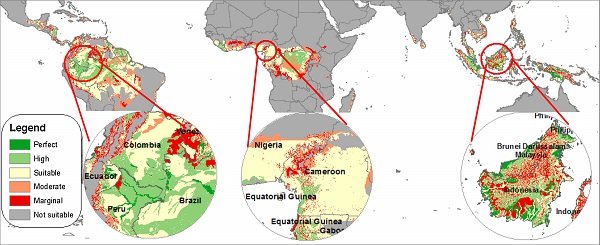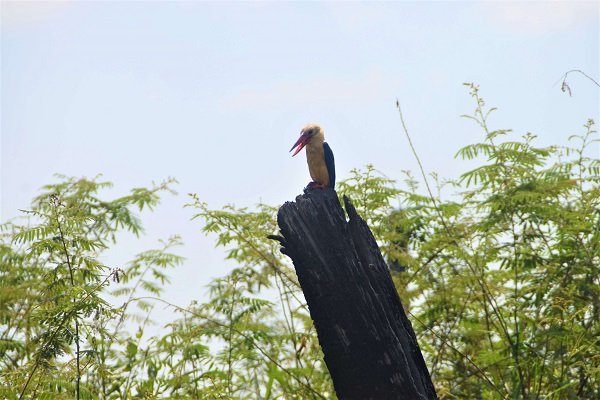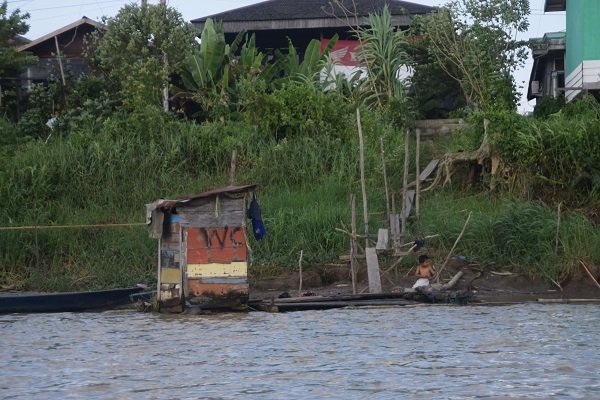More and more consumers are aware of what palm oil is and the issues it creates for the environment. Yet, major knowledge gaps still exist and this article aims to complete general awareness.
Palm oil is a type of vegetable oil that is derived from the fruit of oil palm trees. It is a common ingredient in many consumer goods, such as food, cosmetics, and cleaning products. However, the cultivation of oil palm trees, particularly in Southeast Asia, has been linked to deforestation, habitat destruction, and the displacement of local communities. Additionally, the burning of rainforests to clear land for oil palm plantations can also contribute to greenhouse gas emissions and air pollution. As a result, many organisations and consumers are calling for sustainable and responsible practices in the production of palm oil.
Habitat destruction is one of the major environmental impacts of palm oil production. Oil palm trees are typically grown in tropical regions, such as Southeast Asia, Africa, and South America, where they displace natural rainforests and other ecosystems that support a diverse array of plant and animal life.
The destruction of natural habitats can lead to the loss of biodiversity.
This loss of biodiversity is a significant concern in Indonesia due to the large-scale cultivation of oil palm trees. Indonesia is one of the world's leading producers of palm oil, and the expansion of oil palm plantations in the country has led to the destruction of natural habitats, including rainforests and peatlands. This destruction has resulted in the loss of many plant and animal species that are unique to these habitats.
For example, the clearing of rainforests for oil palm plantations has led to the loss of the orangutan, Sumatran tiger, and elephant habitat. Additionally, the destruction of peatlands, which are important carbon sinks, has also led to increased greenhouse gas emissions, which contribute to global warming
Logging road and impacts in East Kalimantan: logged forest on the left, primary forest on the right
Additionally, the expansion of oil palm plantations in Indonesia can have a significant impact on local ecosystems. Aside from the biodiversity loss we talked about, the drainage and conversion of peatlands for oil palm plantation can also lead to an increase in water pollution. Indeed, the use of pesticides and fertilizers in oil palm cultivation can have negative impacts including water quality.
Oil palm plantations degrade local water quality relative to community forests
The displacement of local communities is also a major concern in Indonesia due to the expansion of oil palm plantations. The cultivation of oil palm trees in Indonesia has led to the acquisition of large areas of land, particularly in rural areas, where many indigenous and rural communities depend on the land for their livelihoods. The loss of land can be a source of conflict between communities and companies, as well as between communities themselves. The displacement of local communities can also lead to the loss of traditional knowledge, culture, and way of life. Additionally, the displacement of local communities can also lead to social and economic issues, such as poverty, unemployment, and lack of access to services and resources.





